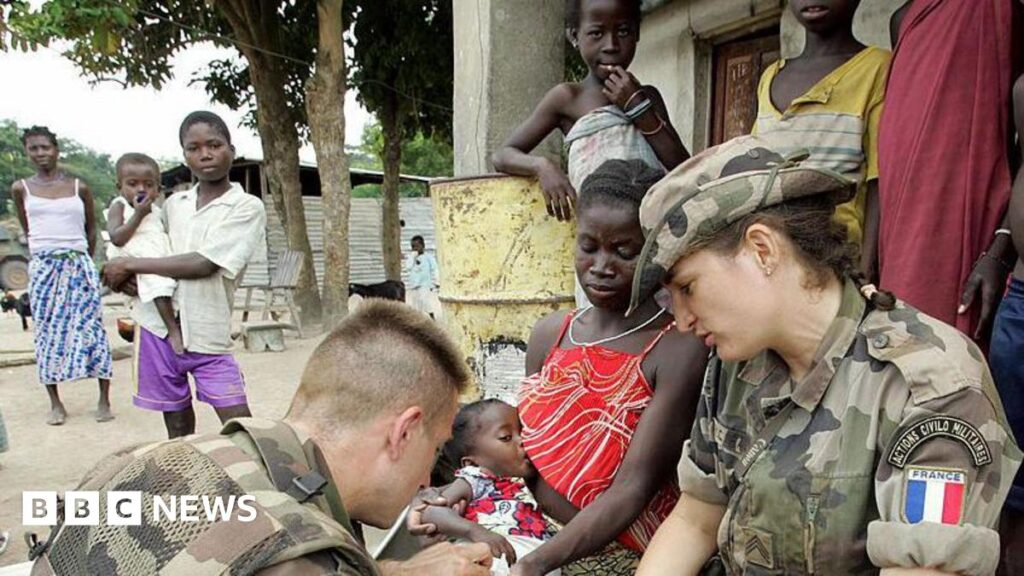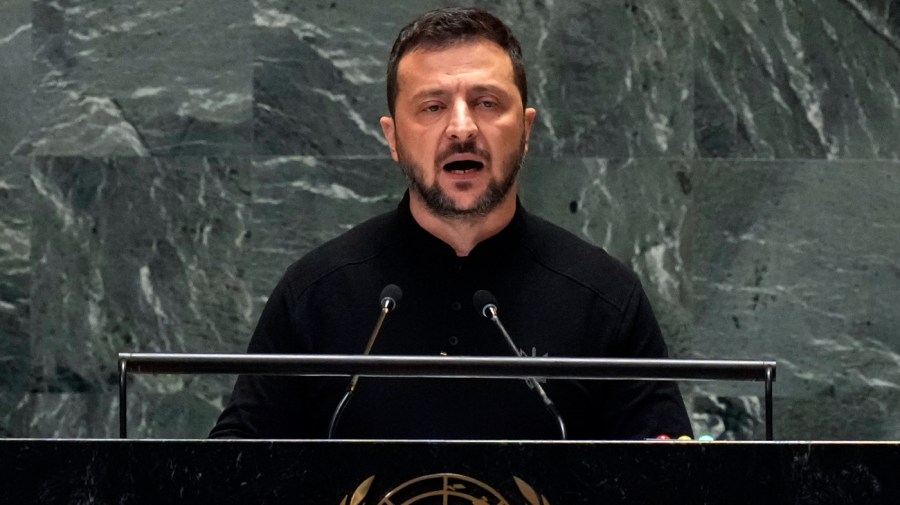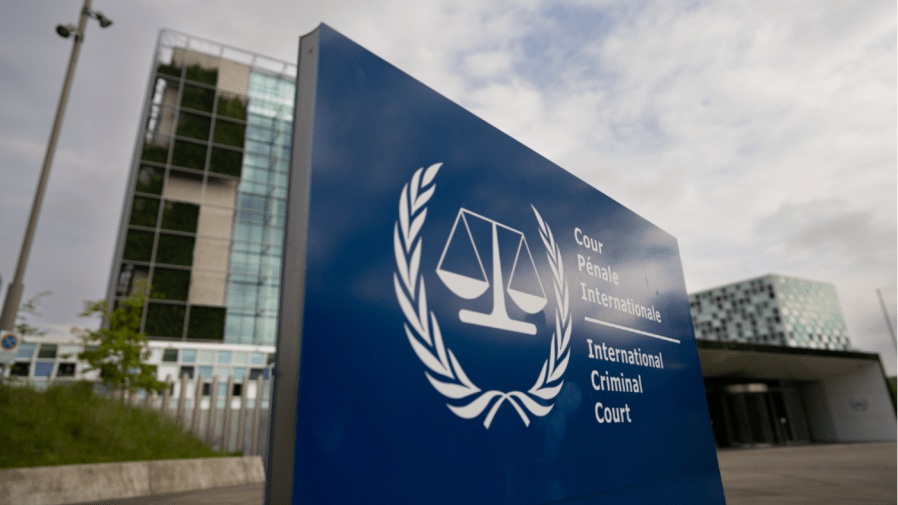]
Other footage has shown prisoners being freed – including a small child being held with his mother. He is shown in a video of women being released that was posted by the Turkey-based Association of Detainees and The Missing in Saydnaya Prison (ADMSP).
“He [Assad] has fallen. Don’t be scared,” a voice on the video says, apparently trying to reassure the women that they were now safe.
Video verified by AFP showed Syrians rushing to see if their relatives were among those released from Saydnaya, where thousands of opposition supporters are said to have been tortured and executed under the Assad regime.
Rebel forces have swept across Syria, freeing prisoners from government jails as they went.
Throughout the civil war, which began in 2011, government forces held hundreds of thousands of people in detention camps, where human rights groups say torture was common.
On Saturday, the Islamist militant group Hayat Tahrir al-Sham (HTS) said it had freed more than 3,500 detainees from Homs Military Prison as the group took over the city.
The group was set up in 2012 under the name al-Nusra Front. It was allied to al-Qaeda but later severed ties – though the US, the UK and a number of other countries continue to see it as an affiliate of the jihadist organisation.
In 2016, the group took its current name HTS and later merged with other rebel factions. It is the most significant of several opposition groups taking part in this latest offensive.
As the rebels entered the capital hours later early on Sunday, HTS announced an “end of the era of tyranny in the prison of Saydnaya”, which has become a by-word for the darkest abuses of Assad’s era.
In a 2022 report, ADMSP said Saydnaya “effectively became a death camp” after the start of the civil war, external.
It estimated that more than 30,000 detainees had either been executed or died as a result of torture, lack of medical care or starvation between 2011 and 2018. Citing accounts from the few released inmates, at least another 500 detainees had been executed between 2018 and 2021, it said.
In 2017, Amnesty International described Saydnaya as a “human slaughterhouse”, in a report that alleged that executions had been authorised at the highest levels of the Assad government.
The government at that time dismissed Amnesty’s claims as “baseless” and “devoid of truth”, insisting that all executions in Syria followed due process.








